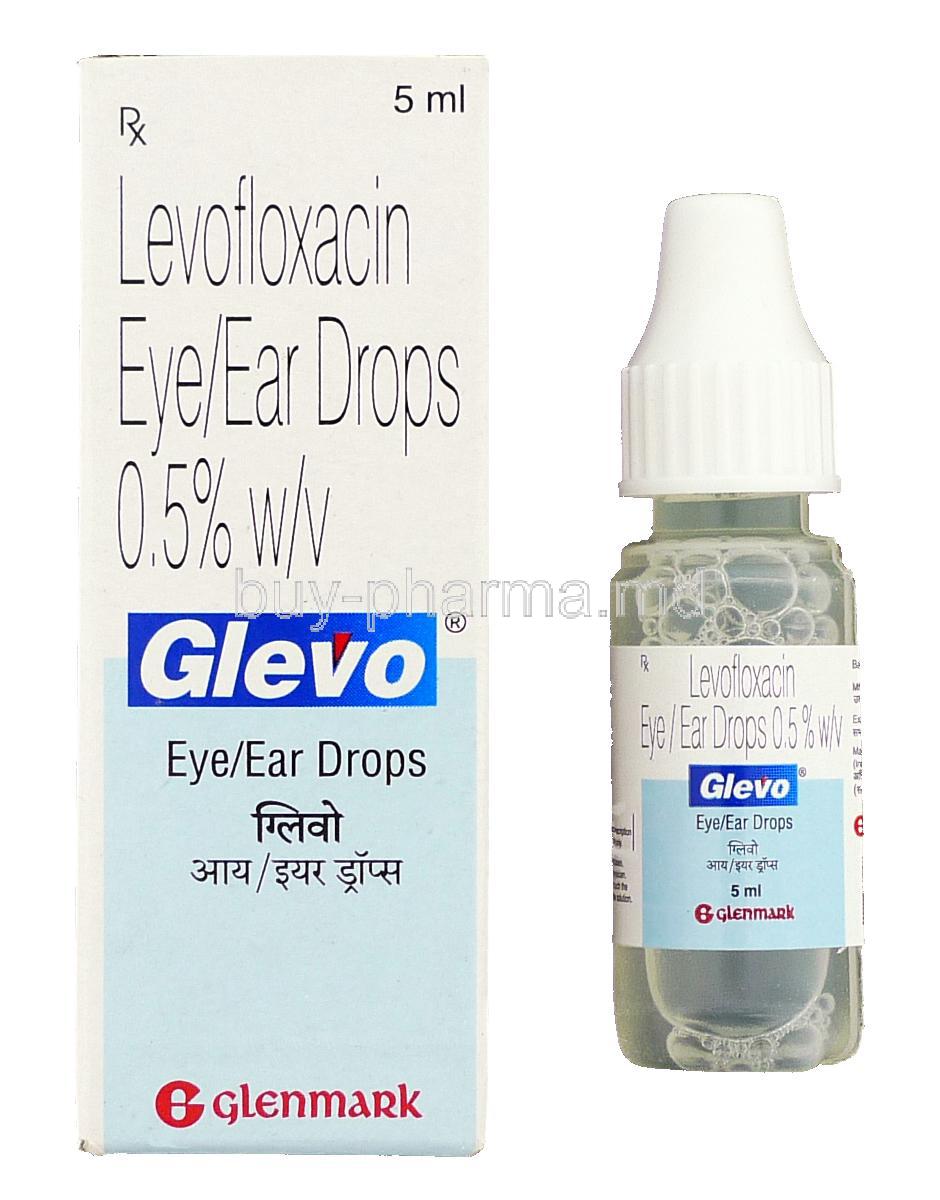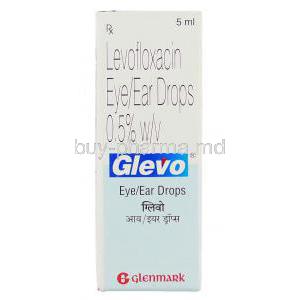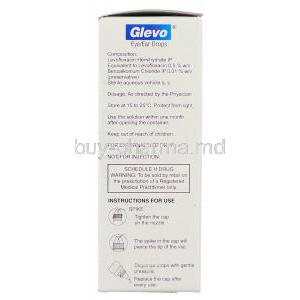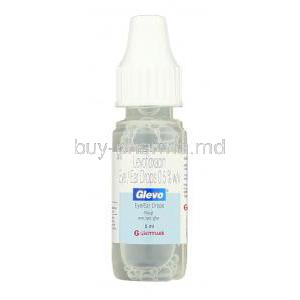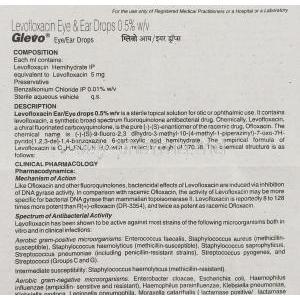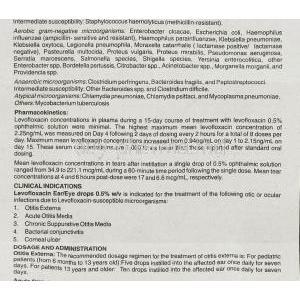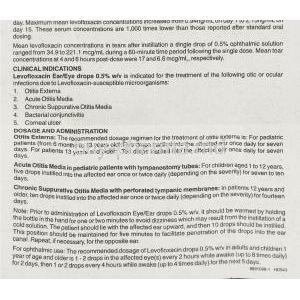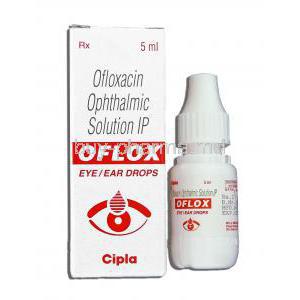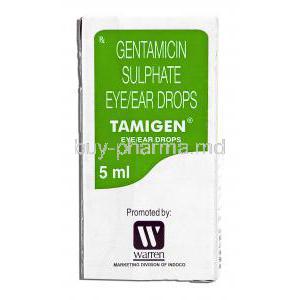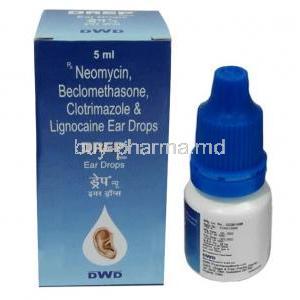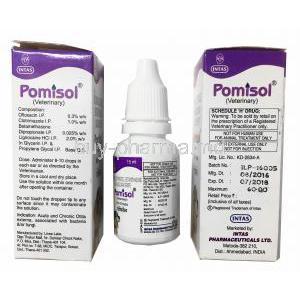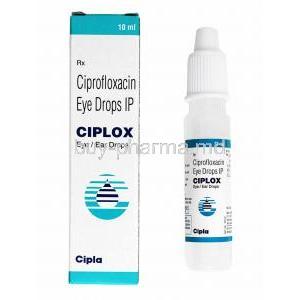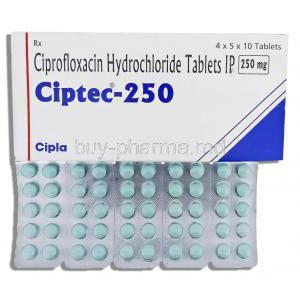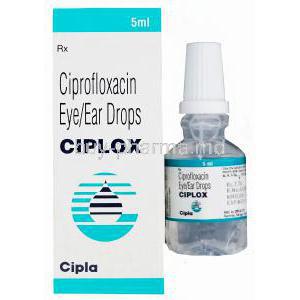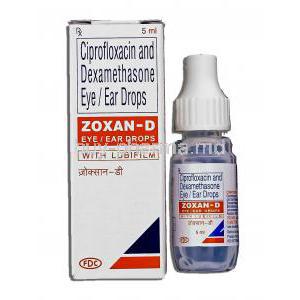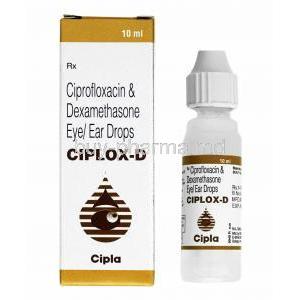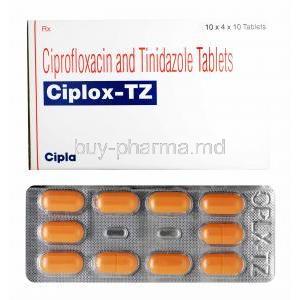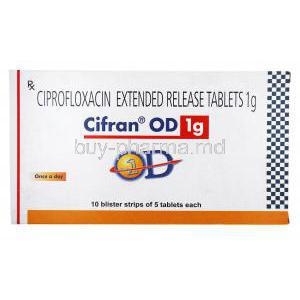I. Introduction to Levofloxacin Eye/Ear Drops
Overview of Levofloxacin
Levofloxacin belongs to a class of drugs known as fluoroquinolone antibiotics, renowned for their efficacy in obliterating a broad spectrum of bacterial pathogens. This medication functions by inhibiting bacterial DNA gyrase and topoisomerase IV—crucial enzymes that facilitate bacterial replication, transcription, repair, and recombination.
Scope of Use: Eye and Ear Treatment
Predominantly, Levofloxacin eye/ear drops are prescribed for the management of bacterial infections pertinent to the eyes and ears. These include conditions like conjunctivitis, otitis externa, and otitis media, where rapid antimicrobial action is crucial for alleviating symptoms and preventing complications.
II. Composition of Levofloxacin Drops
Active Ingredients
The primary active ingredient in these drops is levofloxacin hemihydrate, formulated to deliver potent anti-infective effects directly to the site of infection, thus minimizing systemic exposure and associated side effects.
Inactive Components
Alongside the active substance, these formulations often contain benign compounds such as sodium chloride, purified water, and sometimes preservatives like benzalkonium chloride, which help maintain sterility and enhance solution stability.
III. Uses of Levofloxacin Eye/Ear Drops
- Indications for Eye Infections: The drops are efficaciously utilized in treating bacterial conjunctivitis and corneal ulcers caused by susceptible strains of bacteria.
- Indications for Ear Infections: They are also employed in the treatment of acute otitis externa, commonly instigated by Pseudomonas aeruginosa, and otitis media in children with tympanostomy tubes.
- Expanded Uses in Ophthalmic and Otic Care: Physicians may also prescribe these drops for prophylactic use in post-surgical scenarios to prevent infection or in other acute bacterial inflammations of the eye and ear.
IV. Off-Label Uses of Levofloxacin Eye/Ear Drops
Exploring Non-Standard Applications
In certain cases, clinicians might administer these drops for conditions not explicitly approved by regulatory bodies. Such decisions are typically backed by clinical judgment and literature supporting the efficacy and safety in those specific instances.
Evidence and Research Supporting Off-Label Use
A growing corpus of research delineates the utility of Levofloxacin in treating atypical infections or in patient demographics that are not typically included in standard treatment guidelines, showcasing the versatility and potential broader applicability of this medication.
V. How Levofloxacin Works
Mechanism of Action in Infections
Levofloxacin acts by penetrating bacterial cells and interfering with DNA processes, which is pivotal in halting bacterial growth and replication. This mode of action ensures rapid relief from symptoms and prevents the progression of infection.
Effects on Bacteria
The bactericidal effects of Levofloxacin are particularly potent against Gram-positive and Gram-negative organisms, making it a valuable tool in the arsenal against a diverse array of bacterial pathogens.
VI. Dosage and Administration
Proper Dosage for Eye Conditions
For eye infections, the typical dosage might be one or two drops in the affected eye(s) every two hours while awake for the first two days, followed by a tapering schedule as symptoms improve.
Proper Dosage for Ear Conditions
For ear infections, the recommended dosage usually involves instilling three to five drops into the affected ear twice daily for a duration specified by the healthcare provider based on the severity of the infection.
Instructions for Safe Administration
Patients are advised to follow strict aseptic techniques to avoid contamination of the dropper tip and solution. Hands should be washed thoroughly before application, and contact with the dropper tip to any surface should be avoided.
VII. Side Effects of Levofloxacin Drops
Common Side Effects in Eye and Ear Treatment
Levofloxacin, like all medications, can induce a range of common side effects that typically resolve without further medical intervention. Patients may experience transient irritation, redness, or a sensation of grittiness in the eyes. In ear treatments, some might report mild discomfort or an itching sensation post-application.
Serious Adverse Reactions
While rare, serious adverse reactions can occur and warrant immediate medical attention. These include severe allergic reactions, such as anaphylaxis, persistent or worsening eye or ear pain, vision changes, or signs of infection like pus or excessive discharge.
VIII. Important Precautions with Levofloxacin
Before Starting Treatment
Prior to commencing therapy with levofloxacin drops, it is imperative for healthcare providers to review the patient's medical history for potential drug interactions and contraindications. Assessing kidney function and evaluating other ongoing medications are crucial steps to mitigate risks.
Monitoring for Side Effects
Ongoing monitoring during treatment involves observing any emergent side effects, particularly those that deviate from typical minor reactions. Regular follow-ups enable timely adjustments to therapy, ensuring both efficacy and safety.
IX. Interactions with Other Medications
Common Drug Interactions
Levofloxacin can interact with several other drugs, including antacids containing magnesium or aluminum, sucralfate, and iron supplements, which may impede its absorption and effectiveness. Additionally, the risk of QT prolongation increases if combined with other QT-prolonging drugs.
Impact on Levofloxacin Efficacy
Interactions may not only reduce the therapeutic efficacy of levofloxacin but can also enhance the potential for adverse effects. Thus, a comprehensive review of all medications the patient is taking is essential before prescribing this treatment.
X. Contraindications for Levofloxacin Use
Health Conditions Affecting Use
Patients with a history of tendon disorders related to fluoroquinolone use or those with a known epilepsy or other seizure disorders should avoid using levofloxacin due to increased risk of adverse reactions.
Allergy and Sensitivity Considerations
Levofloxacin is contraindicated in individuals with a history of hypersensitivity to it or other quinolones. Prior allergic reactions to similar medications should be discussed with a healthcare provider before treatment begins.
XI. Special Considerations in Administration
- Administration to the Elderly: Special care is advised when administering to elderly patients, as they are more susceptible to the side effects of quinolones, including tendon rupture and QT prolongation.
- Administration to Pregnant Women and Nursing Mothers: Levofloxacin should be used during pregnancy only if the potential benefit justifies the potential risk to the fetus. Caution is also advised when administered to nursing mothers.
- Administration to Children: The safety and effectiveness in children have not been established for ear drops, and use is generally not recommended unless absolutely necessary and under direct medical supervision.
XII. Handling and Storage of Levofloxacin Drops
Storage Conditions
Levofloxacin drops should be stored at room temperature away from light and moisture to maintain efficacy. Do not freeze the drops as this can detrimentally affect the solution.
Handling Precautions
Proper handling involves washing hands before and after use, keeping the dropper clean, and avoiding touching the dropper tip to any surface to prevent contamination.
XIII. Management of Overdosage
Signs of Overdose
An overdose of levofloxacin may present with symptoms such as dizziness, confusion, tremors, or gastrointestinal discomfort. Immediate attention is crucial to manage these symptoms effectively.
Immediate Actions and Antidotes
In the event of an overdose, supportive measures should be initiated, and symptomatic treatment provided. There is no specific antidote for levofloxacin; hence, medical interventions focus on maintaining adequate hydration and electrolyte balance.
XIV. Careful Administration Practices
Ensuring Correct Usage
Accurate dosing and adherence to prescribed instructions are vital to maximize treatment efficacy and minimize risks. Patients should be educated on the correct techniques for administering drops to themselves or others.
Avoiding Contamination
To prevent contamination and potential infection, it is imperative to avoid contact between the dropper and any surface, including the hands and eyes/ears. Always replace the cap securely after each use.

